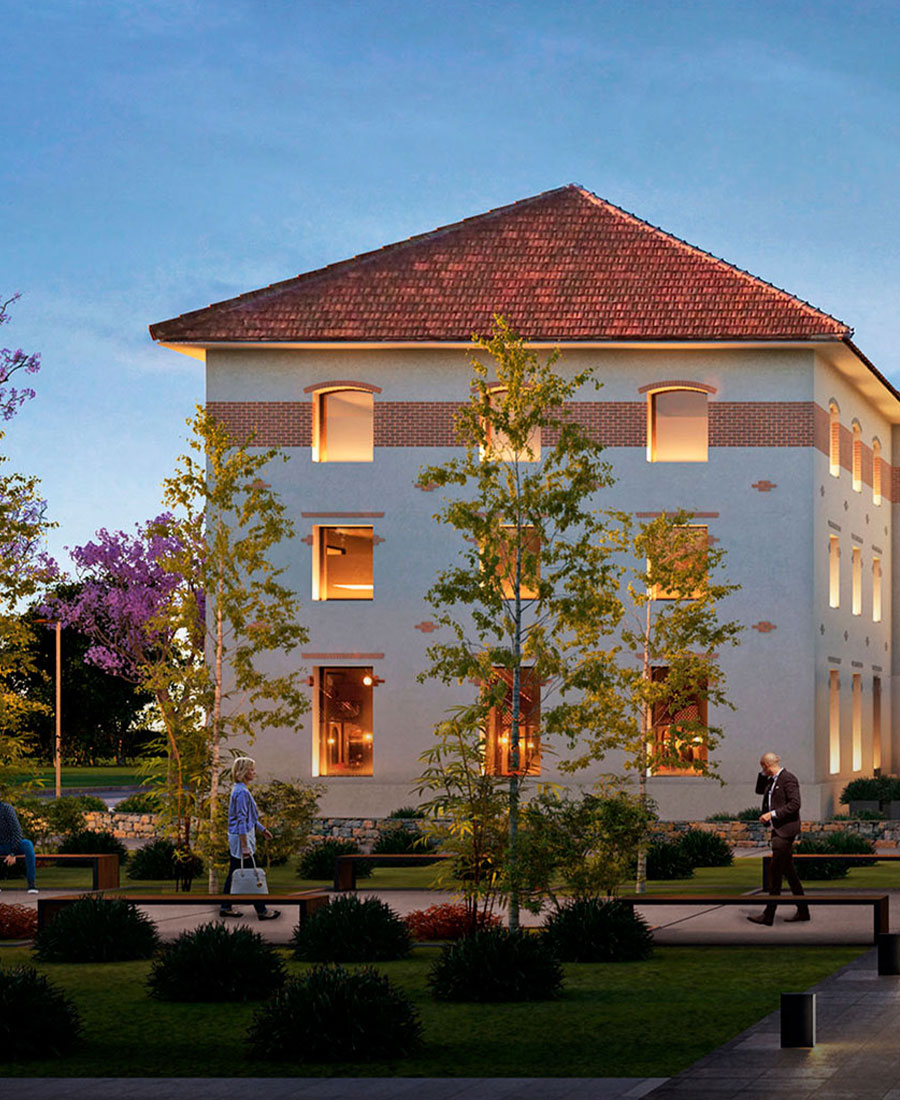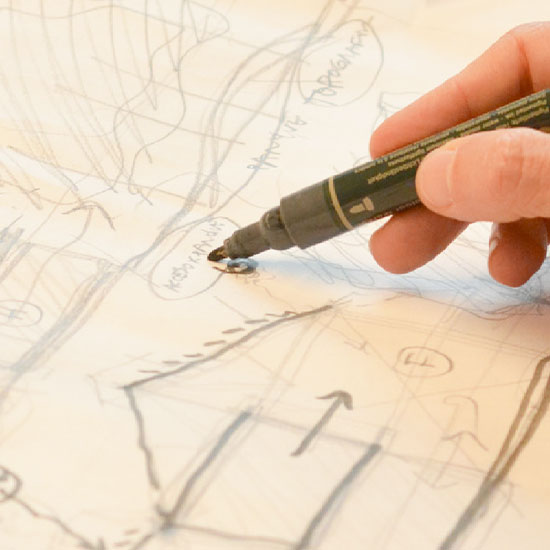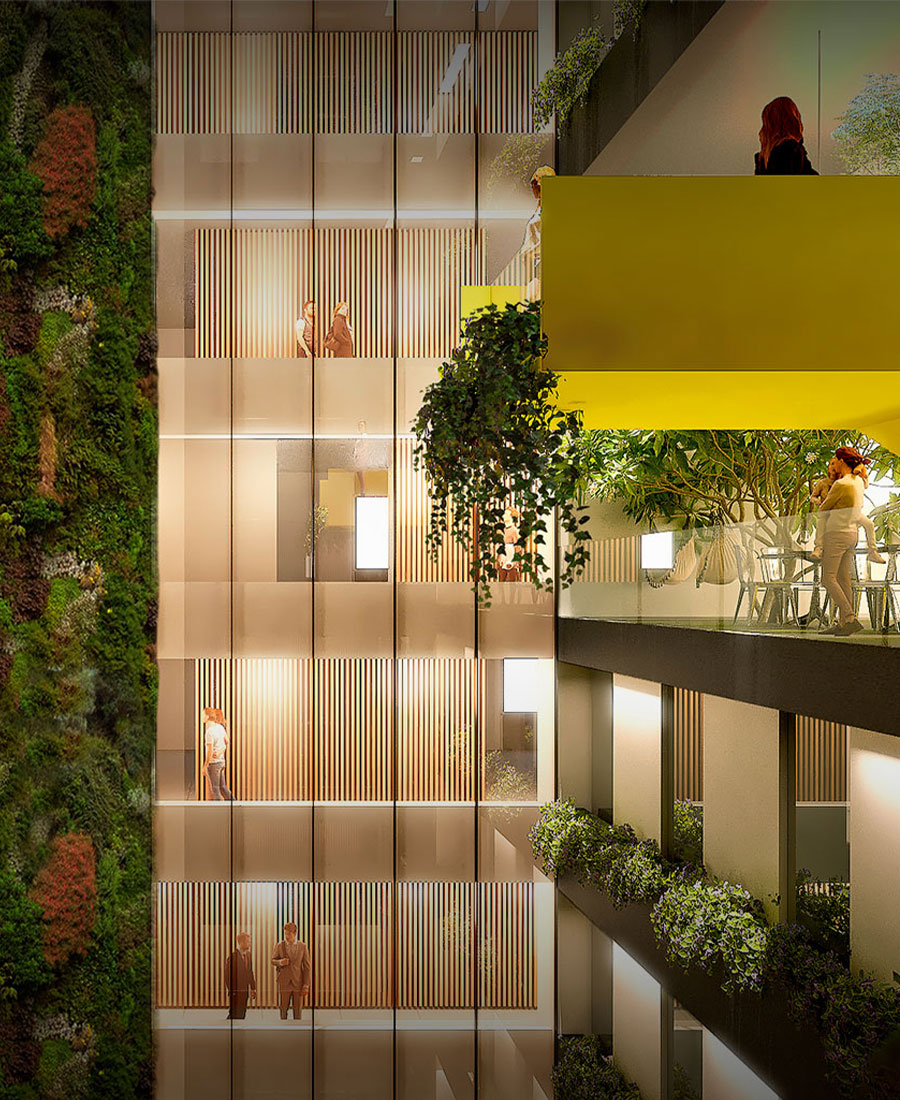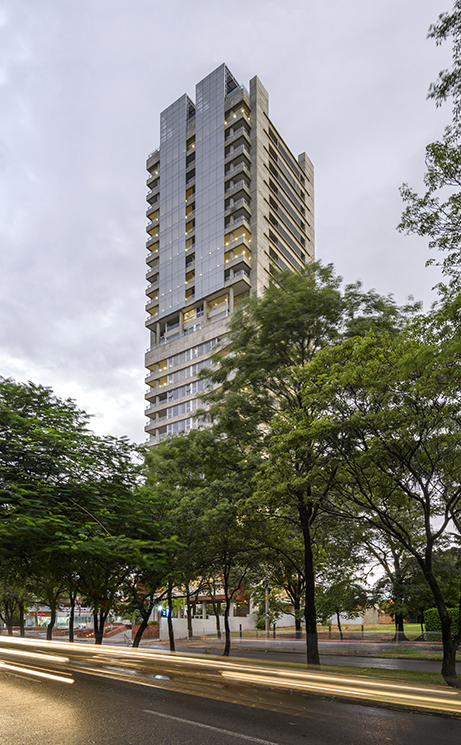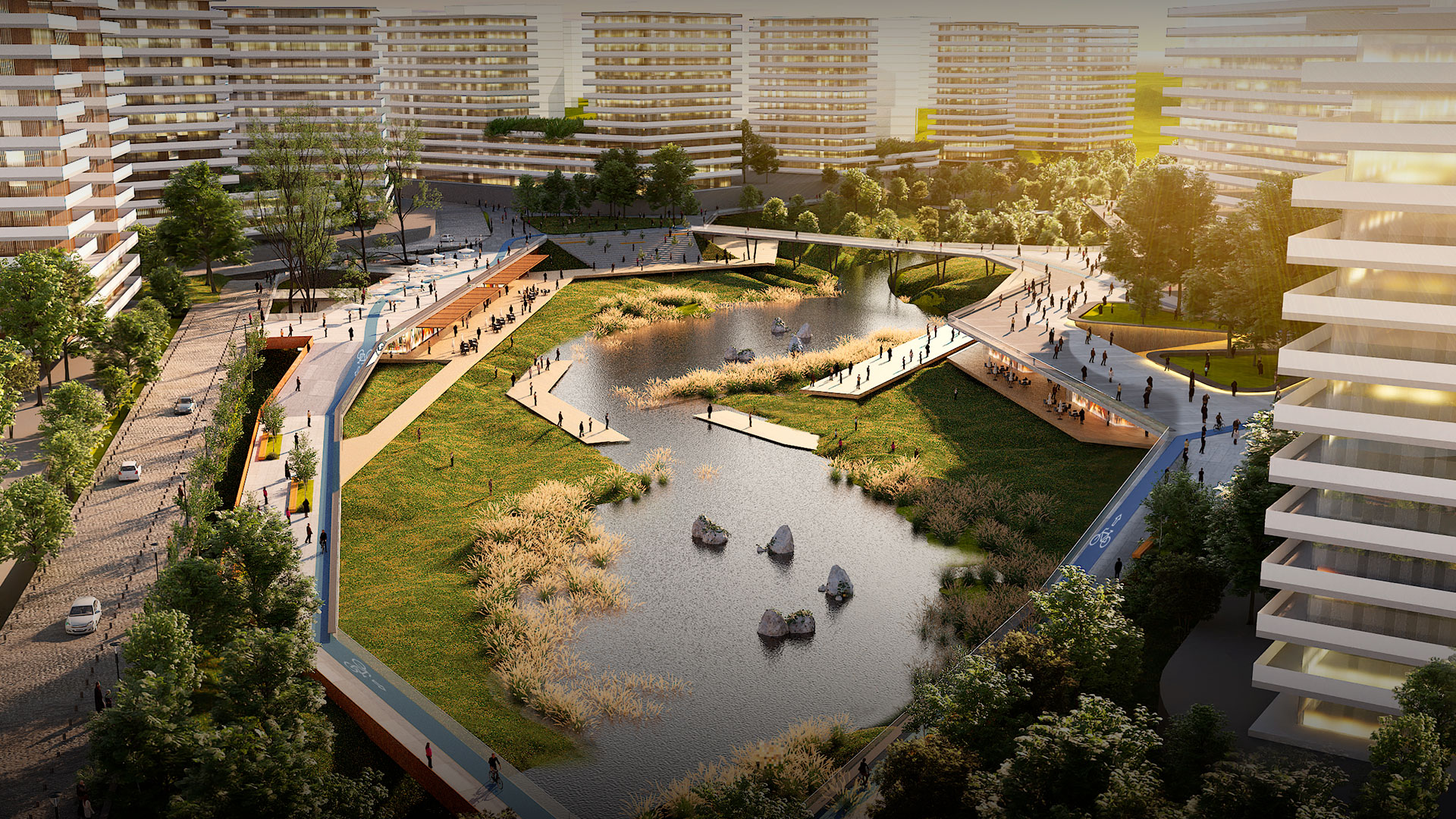

Reading time: 21 minutes
In a world where urban development has already left its mark, sustainability emerges as a path of innovation and transformation for cities. Established metropolises and historical capitals are reshaping their urban profiles, not only through ambitious masterplans but also through concrete and effective interventions that weave sustainability into the fabric of what is already built. From the vibrant green corridors of Medellín to futuristic highways that recharge electric vehicles in Sweden, urban reinvention with a green focus harmonizes growth and environmental stewardship.
The Path to Sustainable Mobility
In the realm of sustainable mobility, Sweden stands out for constructing the world's first permanent electric highway. With a global demand for urban travel expected to double by mid-century, and a projection of 2.1 million operational passenger vehicles by 2050, this initiative is a crucial step towards reducing CO₂ emissions, which could reach 4.6 billion tons without significant changes in the current infrastructure. The highway will use "dynamic charging" technology, allowing electric vehicles to recharge without stopping and operate with smaller batteries, marking a milestone towards the elimination of CO₂ emissions in transport. Three innovative charging technologies are being evaluated for implementation: an overhead cable system, a conductor rail installed along the pavement, and electromagnetic induction pads embedded in the asphalt. These alternatives represent the cutting edge in electric vehicle charging, offering solutions tailored to the needs of sustainable and efficient mobility. This pioneering segment is anticipated to be operational by 2035, marking the beginning of a transition era towards an extensive network of electric highways. This project aligns with the environmental objectives of the European Union, which aspires that by that date, all vehicles within its jurisdiction will be zero-emission, thus laying the foundations for cleaner and more sustainable land transport.
Smart Water Management
Efficient water management emerges as an indisputable and vital priority for the future of cities. Waternet consolidates as a milestone in smart city initiatives focused on the conservation of this natural resource. Its pioneering system leverages the potential of the Internet of Things (IoT) by integrating advanced sensors into the existing pipeline infrastructure, allowing precise monitoring of water flow. Through this technology, it is possible to manage the water cycle comprehensively, from its distribution to its reuse, as well as effectively prevent floods and blockages in the system. The so-called "smart pipes" emerge as an innovative solution to ensure efficient and sustainable water management, as reported by the PCT portal of the Autonomous University of Sinaloa.
On the other hand, Fluid Analytics stands as another example of how artificial intelligence and robotics can be applied to face contemporary environmental challenges, such as water pollution in urban areas. This start-up, distinguished as a “top innovator” at the World Economic Forum, has deployed a fleet of underground robots equipped with state-of-the-art sensors to inspect and map sewer system networks, collect critical data and water samples that reveal the presence of pollutants. Using advanced AI analytics, Fluid Analytics is capable of identifying critical points where untreated wastewater is discharged, allowing cities to redirect it to treatment plants for purification and reuse, thus preventing its release into the environment. This strategy not only mitigates the negative environmental impact but also prevents the spread of waterborne diseases. Since its inception, this innovative Indian company has managed to control more than 1.5 billion liters of contaminated water, significantly contributing to the improvement of water quality in urban environments.
Innovation in Passive Cooling
Cities account for more than 70% of the world's CO₂ emissions and are highly vulnerable to the impact of climate change. Nature-based solutions can strengthen the resilience of cities while helping to address the climate crisis and better prepare communities and their economies.
The green corridors of Medellín, winners of the 2019 Ashden Award in the "Cooling by Nature" category, constitute a prominent example of sustainable urban intervention. Since 2016, this Colombian metropolis, the second largest in the country, has embarked on the creation of green corridors to enrich air quality and mitigate urban temperatures. The city is now intersected by more than 30 of these corridors, which have contributed 880,000 new trees and 2.5 million smaller plants, in addition to 5,000 m² of vertical gardens that embellish concrete walls. These green spaces, which interconnect Medellín's parks, add 65 hectares of green areas to the urban landscape. Areas with green corridors present temperatures up to 4.5 °C lower than their surrounding areas. Since their implementation, the city's average temperature has dropped by approximately 2 °C, with an additional decrease of up to 4-5 °C anticipated in the coming decades. According to studies by UCL, air pollution and the incidence of respiratory infections in Medellín have significantly decreased, while bicycle use has increased by 35%. The green corridors not only offer a suitable habitat for urban biodiversity but are also estimated to capture more than 2.3 million tons of CO2 over the next century.
Similarly, Paris and Seoul have adopted passive cooling strategies, with the French city planning to plant 170,000 new trees by 2026 and Seoul having experienced a decrease of up to 5.9°C in urban temperature following the restoration of the Cheonggyecheon stream.
In Sydney, the clear roofs initiative in the Walton neighborhood promotes an approach focused on mitigating urban heat and enriching the environment with green spaces. In this area of the Australian capital, residential roofs are required to be light-colored to maximize heat reflection. Additionally, it is stipulated that each new property must reserve space for planting a tree both in its front and back yard, thus contributing to shade and improving air quality.
New Ideas in Old Buildings
Adaptive reuse presents the opportunity to give new life not only to disused buildings but also to underutilized or deteriorated urban areas. This practice catalyzes positive changes and fosters diversity in urban environments, while offering a crucial strategy for the revitalization of post-industrial cities. By promoting density and mitigating urban sprawl, adaptive reuse helps declining cities redefine their urban structure, combining sustainability with the preservation of architectural heritage. The reduction of the average lifespan of buildings in developed nations to just 70 years raises a significant environmental concern in the face of programmed obsolescence. Faced with the prospect of more than 2.5 billion individuals residing in urban areas by 2050, in a context of climate change and excessive resource consumption, it is necessary for cities to implement efficient tactics to optimize their existing infrastructure and real estate park.
The role of this program in sustainable urban development becomes evident in innovation districts and technology hubs like those that have emerged in Barcelona. The 22@ Innovation District is a notable urban regeneration project initiated by the Catalan capital in the early 2000s. Its main goal was to revitalize the Poblenou district, a former industrial area, creating an innovation center that boosted economic activity and employment. Closer to home, the urban masterplan project of Distrito El Globo in Montevideo, Uruguay, proposes the creation of a business and innovation ecosystem in the Bajo de Ciudad Vieja. This plan seeks to create urban synergy by integrating offices, a market, and recreational areas, including semi-pedestrian zones and active rooftops, achieving a harmonious fusion between the regional and the cosmopolitan.
Polycentric and Hyperflexible Cities
Polycentric and hyperflexible cities stand as fundamental pillars of sustainable urban development, thanks to their strategic design aimed at minimizing commutes, optimally leveraging the natural and cultural wealth of the environment, and fostering a diversity of uses within each of their cores. By adopting a polycentric model, these cities reduce the need for long commutes for their inhabitants, equitably distributing employment, housing, commerce, and recreational areas across various urban centers. This approach not only reduces congestion and pollutant emissions but also enhances local natural and cultural resources, integrating them into the community's daily life.
Projects like Montemagna in Ecuador promote urban spaces adaptable to multiple functions, allowing each core to maintain constant activity throughout the day. This hyperflexible characteristic facilitates the creation of dynamic and resilient urban environments, capable of efficiently responding to the changing needs of their residents while ensuring more sustainable resource management.
Montemagna represents a fusion between architecture and nature, integrating the landscape, local culture, and geography with urban life. Its design adopts a system of hierarchical multicentralities, thus promoting a polycentric city.
The combination of polycentricity with hyperflexibility and the mix of uses in each core ensures a vibrant and active city at all times, favoring the local economy and social well-being, while preserving the environment. In summary, these cities not only seek a lower environmental impact but also aspire to offer a healthier, fairer, and more livable environment, paving the way towards a sustainable and equitable urban future.
In this context of urbanism redefinition, intervention in the already built environment emerges as a fertile field for direct action and sustainable innovation. Cities, with their pre-existing infrastructure, offer countless opportunities to incorporate ecological practices and green technologies that improve urban quality of life. It's not just about planning new cities or neighborhoods from a sustainable perspective but looking at existing structures, buildings, and public spaces with a renewed vision. The adaptation of old buildings with renewable energy systems, the implementation of green roofs and walls in existing constructions, and other innovative examples, testify to a paradigm shift towards sustainable urbanism, where technology, smart planning, and respect for the environment intertwine to redraw the profile of the cities of the future.


